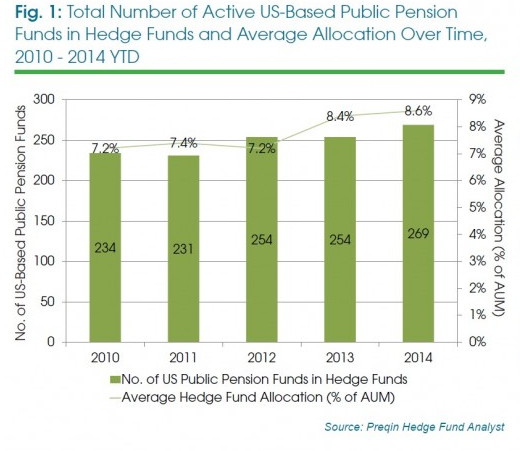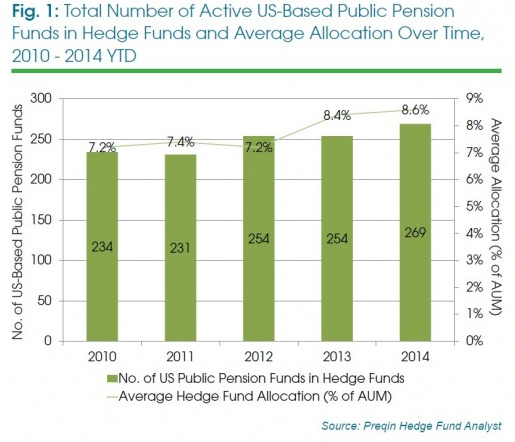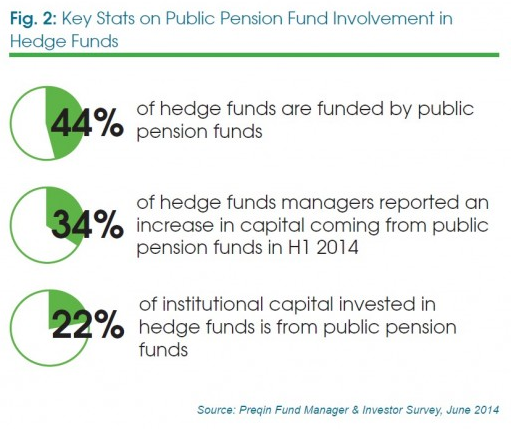John Rogers, CFA, penned a thoughtful article in a recent issue of the Financial Analysts Journal regarding the future of finance – and how pension funds and other institutional investors could usher in a new era of capitalism.
From the article, titled “A New Era of Fiduciary Capitalism? Let’s Hope So”:
From my perspective, a new era of capitalism is emerging out of the fog. What I define as fiduciary capitalism is gathering strength and needs to become the future of finance. An era of fiduciary capitalism would be one in which long-term-oriented institutional investors shape behavior in the financial markets and the broader economy. In fiduciary capitalism, the dominant players in capital formation are institutional asset owners; these investors are legally bound to a duty of care and loyalty and must place the needs of their beneficiaries above all other considerations. The main players in this group are pension funds, endowments, foundations, and sovereign wealth funds.
Fiduciary capitalism has several attractive traits. It encourages long-term thinking. As “universal owners,” fiduciaries foster a deeper engagement with companies’ management teams and public policymakers on governance and strategy. In textbook terms, they seek to minimize negative externalities and reward positive ones. Because reducing costs is easier than generating alpha, we can expect continued pressure on financial intermediaries to reduce costs. To be sure, there are considerable gaps to bridge between today’s landscape and fiduciary capitalism. Transparency and disclosure, governance of fiduciaries, agency issues, and accountability are all areas that need more work.
On barrier in the way of fiduciary capitalism: lack of transparency. From the article:
Too many institutional investors are secretive and do not disclose enough about their activities. Their beneficial owners (including voters, in the case of sovereign funds) need more information to make reasonable judgments about their operations. Similarly, far more transparency is needed in the true costs of running these pools of assets. Investment management fees and other expenses often go unreported. Too much time and energy is spent comparing returns with market benchmarks, and not enough is spent defining and comparing the organizations’ performances against their liabilities—or against adequacy ratios.
Pension governance itself needs to be improved. As Ranji Nagaswami, former chief investment adviser to New York City’s $140 billion employee pension funds, has observed, public pension trustees are often ill equipped to govern platforms that are effectively complex asset management organizations. Compensation remains a complicated issue. In the public sector, paying for great pension staffers ought to be at least as important as a winning record on the playing field, yet in 27 of the 50 US states, the highest-paid public employee is the head coach of a college football team.
Rogers concludes:
The future of finance needs to be less about leverage, financial engineering, and stratospheric bonuses and more about efficiently and cleanly connecting capital with ideas, long-term investing for the good of society, and delivering on promises to future generations. In the public policy arena, governments that promote long-term savings, reduce taxes on long-term ownership, and require transparency and good fiduciary governance can help hasten this welcome change in our financial markets.
The era of finance capitalism wasn’t all bad, and an era of fiduciary capitalism wouldn’t be all good. In a time when leadership in finance is desperately lacking, fiduciaries have the potential to reconnect financial services with the society they serve. Let’s hope it’s not too late.
Read the entire article, which is free to view, here.












